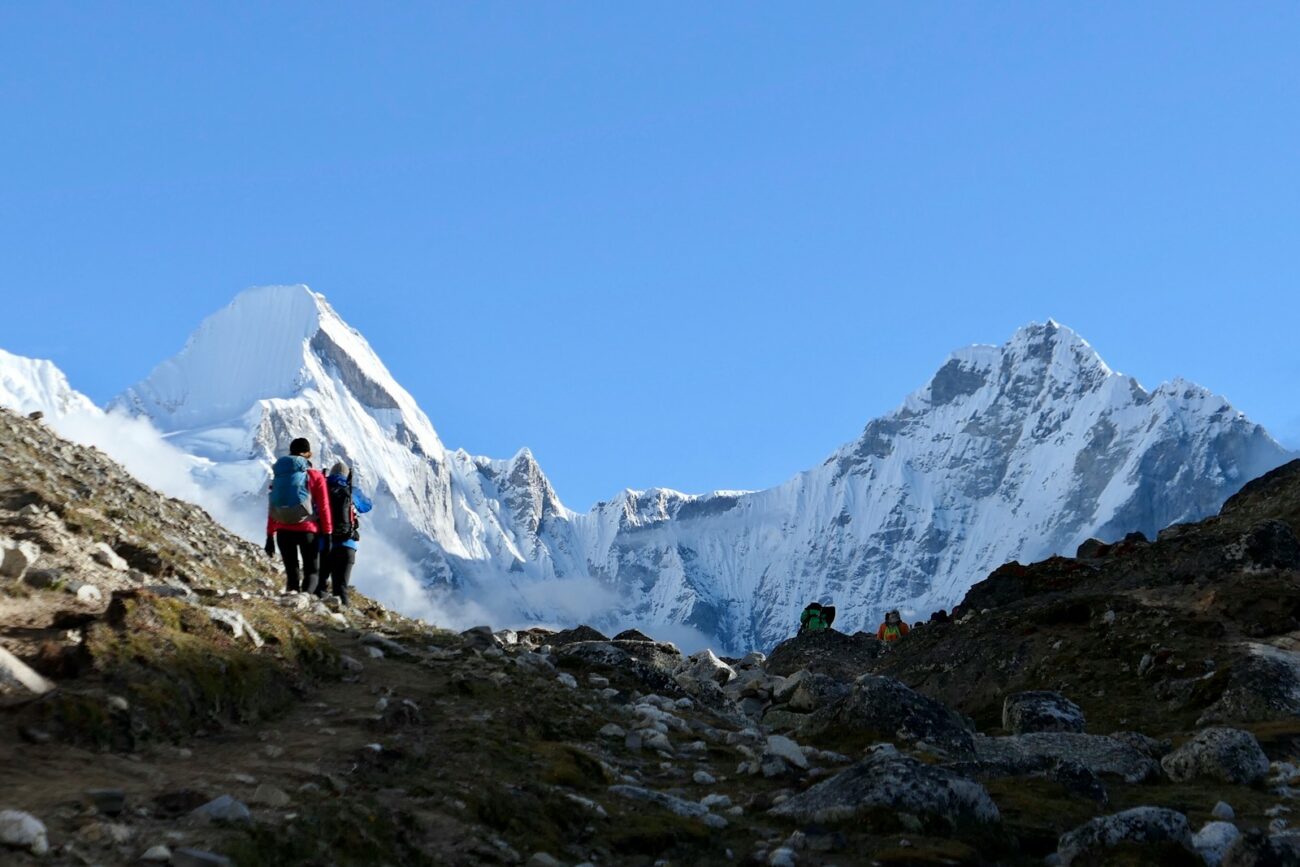Venturing above 14,000 feet (4,267 meters) takes you into the realm of high-altitude trekking, where the air grows thin, temperatures fluctuate dramatically, and the landscape transforms into a pristine wilderness few people ever experience. These rarified elevations—often called the “death zone” when approaching even higher altitudes—demand serious preparation, knowledge, and respect. Whether you’re planning to summit one of Colorado’s famous “14ers,” trek to Everest Base Camp, or explore the high Andes, preparation can mean the difference between an exhilarating adventure and a dangerous ordeal. This comprehensive guide will walk you through everything you need to know before attempting a high-altitude trek, helping you build the physical stamina, mental fortitude, and technical knowledge required for a safe and successful journey above 14,000 feet.
Understanding Altitude and Its Effects on the Body
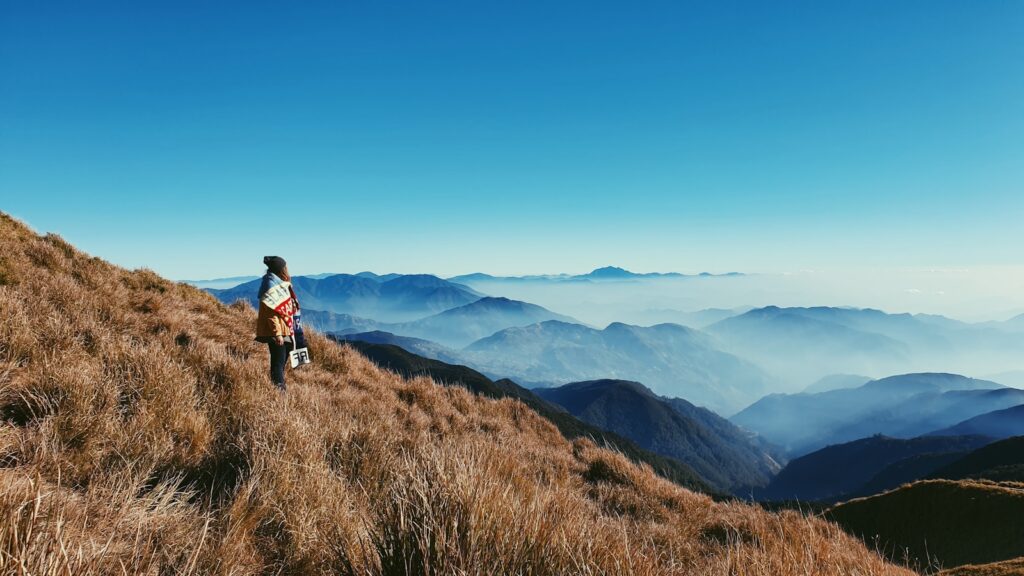
At elevations above 14,000 feet, the atmospheric pressure decreases significantly, meaning each breath you take contains less oxygen than at sea level. This reduction in oxygen, known as hypoxia, forces your body to work harder—increasing your heart rate and breathing rate in an attempt to deliver adequate oxygen to your tissues. Your body begins a process called acclimatization, producing more red blood cells to carry oxygen and making other physiological adjustments, but this adaptation takes time and varies greatly between individuals. Common altitude-related issues include Acute Mountain Sickness (AMS), which can manifest as headaches, nausea, dizziness, and fatigue, as well as more serious conditions like High Altitude Pulmonary Edema (HAPE) or High Altitude Cerebral Edema (HACE), which can be life-threatening if not addressed immediately. Understanding these risks isn’t meant to discourage you but to emphasize the importance of proper preparation and respect for the environment you’ll be entering.
Physical Conditioning: Building Your High-Altitude Engine

Preparing your body for high-altitude trekking should begin at least 3-6 months before your expedition, focusing on both cardiovascular endurance and strength training. Cardiovascular exercises like running, cycling, swimming, and stair climbing help strengthen your heart and lungs, improving their efficiency at delivering oxygen throughout your body—a crucial advantage when oxygen becomes scarce. Incorporate interval training that mimics the stop-and-go rhythm of high-altitude hiking, alternating between periods of high intensity and recovery. Strength training, particularly for your legs, core, and back, will help you manage steep ascents while carrying a pack and maintain stability on uneven terrain. Don’t neglect flexibility work through yoga or regular stretching, which can prevent injuries and aid recovery during your trek. Remember that consistency trumps intensity—regular workouts several times a week will yield better results than sporadic extreme sessions that risk injury and burnout.
Acclimatization Strategies: Giving Your Body Time to Adapt
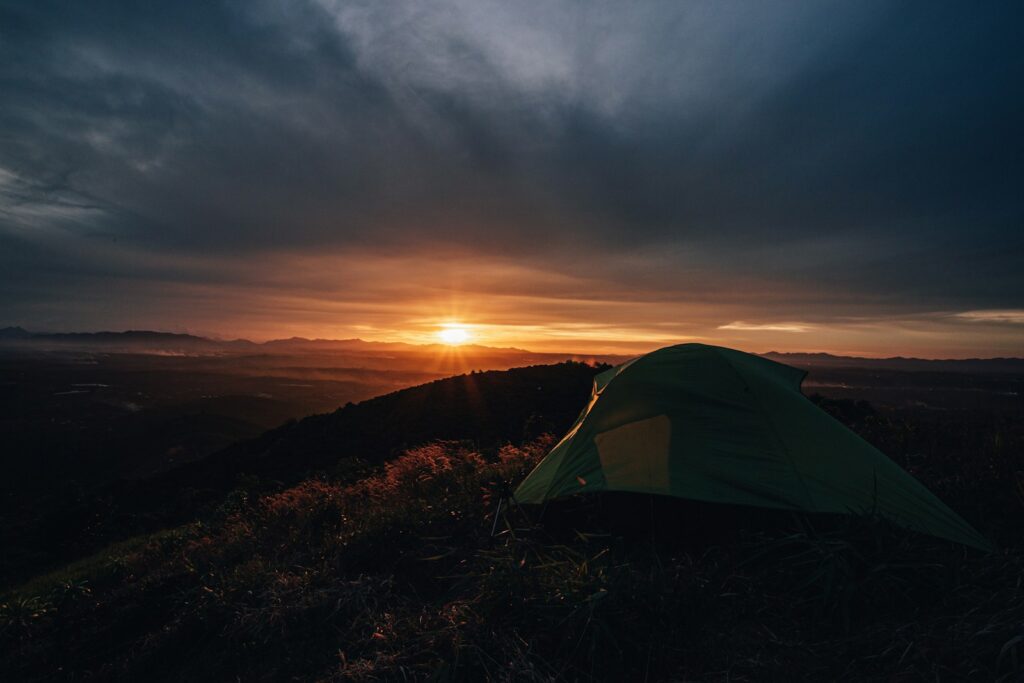
Proper acclimatization is perhaps the most crucial factor in preventing altitude sickness and ensuring a successful high-altitude trek. The golden rule is “climb high, sleep low,” which means you should gradually increase your sleeping elevation while potentially hiking to higher elevations during the day. A widely accepted guideline is to ascend no more than 1,000-1,500 feet (300-450 meters) per day once above 10,000 feet (3,000 meters), with a rest day (same sleeping elevation) every 3,000 feet (900 meters). If possible, incorporate pre-acclimatization by spending time at moderate elevations before your trek or planning shorter high-altitude hikes in the weeks beforehand. Some trekkers use prescription medications like Diamox (acetazolamide) to help with acclimatization, but these should only be used after consulting with a healthcare provider experienced in altitude medicine. Remember that proper acclimatization can’t be rushed—building extra buffer days into your itinerary allows flexibility if you need more time to adjust or weather conditions change.
Essential Gear and Equipment for High Altitude
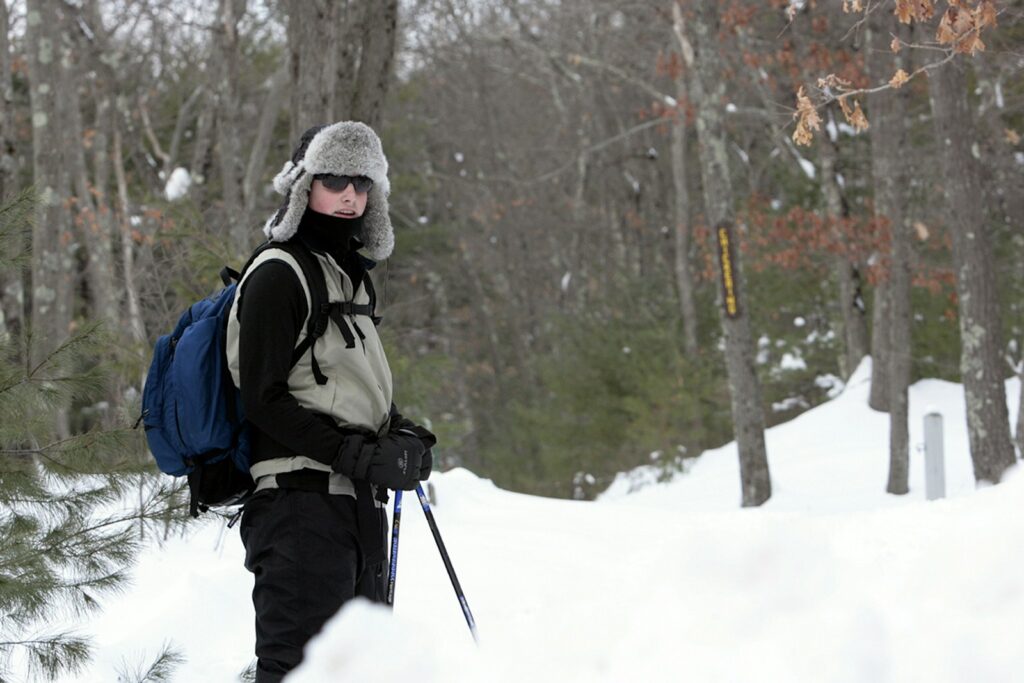
Trekking above 14,000 feet requires specialized gear designed to handle extreme conditions while remaining lightweight enough for efficient movement. Your clothing system should follow the layering principle: a moisture-wicking base layer, insulating mid-layers, and a waterproof/windproof outer shell, allowing you to adapt to rapidly changing mountain conditions. Invest in a high-quality down or synthetic insulated jacket for extreme cold, and don’t underestimate the importance of proper headwear, gloves, and eye protection (wrap-around sunglasses with UV protection). Footwear deserves special attention—choose sturdy, waterproof hiking boots with ankle support and break them in thoroughly before your trek to prevent blisters. Trekking poles reduce impact on your knees during steep descents and provide stability on challenging terrain. Other essential equipment includes a comfortable backpack (30-65 liters depending on trek length), a sleeping bag rated for below-freezing temperatures, a reliable headlamp with extra batteries, and potentially specialized gear like crampons, ice axe, or a helmet if your route involves snow, ice, or technical sections.
Nutrition and Hydration at High Elevation

Your body’s caloric and hydration needs increase dramatically at high altitudes, where you’re not only exerting physically but also burning more energy just to maintain basic functions in a hypoxic environment. Plan for consuming 3,000-5,000 calories daily, focusing on a balance of complex carbohydrates (for sustained energy), proteins (for muscle repair), and healthy fats (for caloric density). Dehydration exacerbates altitude sickness symptoms and reduces overall performance, so aim to drink at least 4-5 liters of water daily, adding electrolyte supplements to prevent hyponatremia (dangerously low sodium levels). Eating may become challenging as altitude often suppresses appetite, so pack variety in your food choices and opt for calorie-dense options that remain appealing even when you don’t feel hungry. Minimize alcohol and caffeine consumption, as both can contribute to dehydration, though many trekkers find small amounts of caffeine helpful for managing altitude headaches. Remember that at high elevations, cooking takes longer due to lower boiling points, so factor this into your meal planning and fuel calculations.
Training at Altitude: When and How to Incorporate It
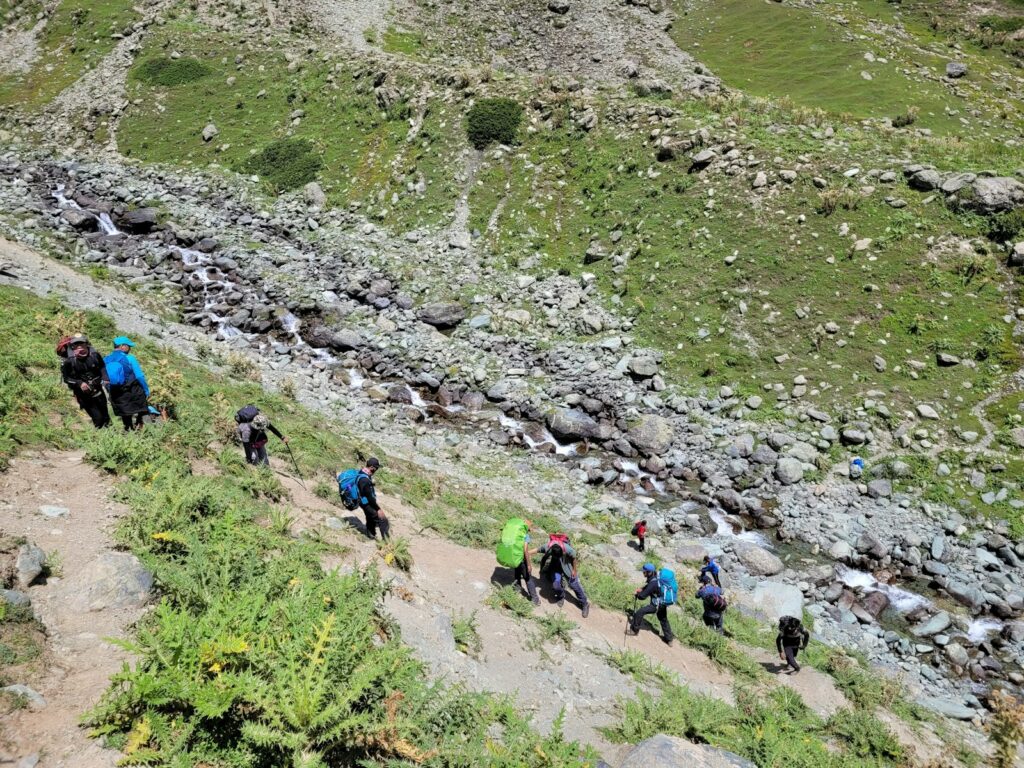
If possible, training at moderate to high altitudes before your trek provides significant advantages in preparing your body for the challenges ahead. Even short exposure periods of 2-3 days at elevations between 8,000-12,000 feet (2,400-3,600 meters) can trigger initial acclimatization responses that may improve your body’s ability to adapt during your main expedition. For those who live at lower elevations, consider planning weekend trips to higher areas in the months leading up to your trek, gradually increasing the elevation and duration of these training sessions. During these altitude training periods, focus on moderate activity that challenges your cardiovascular system without exhausting you completely—aim for the “conversation pace” where you can still talk while hiking. If geographic constraints make pre-trek altitude exposure impossible, consider using simulated altitude training through specialized facilities or equipment, though these provide only partial benefits compared to actual altitude exposure. Remember that altitude affects everyone differently, so use these training sessions to learn how your body responds and adjust your main trek plans accordingly.
Mental Preparation and Risk Management
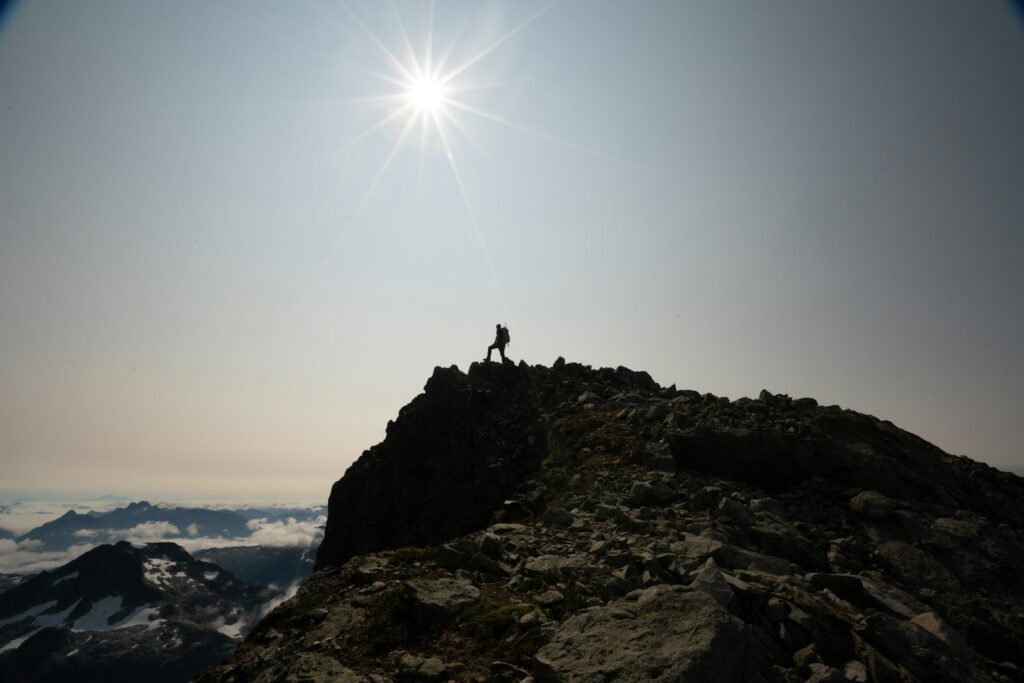
The psychological challenges of high-altitude trekking can be as demanding as the physical ones, requiring specific mental preparation and a thorough understanding of risk management. Develop resilience through visualization techniques, imagining yourself successfully navigating difficult sections and addressing potential challenges before they arise. Research your route thoroughly, understanding the technical difficulties, escape routes, and emergency protocols specific to the region. Learn to recognize not just the obvious signs of altitude sickness but also the subtler indicators like personality changes, decreased coordination, or unusual fatigue in yourself and trekking partners. Practice making conservative decisions based on changing conditions rather than summit fever—the mountain will always be there for another attempt, but poor decisions at high altitude can have severe consequences. Consider meditation or breathing exercises as part of your preparation, as these can help manage anxiety and improve oxygen efficiency when the air grows thin. Finally, develop a detailed communications plan with clear decision points about when to turn back, and share your itinerary with trusted contacts not on the expedition.
Medical Considerations and First Aid

Before attempting any high-altitude trek, undergo a thorough medical examination with a healthcare provider familiar with altitude medicine, particularly if you have pre-existing conditions affecting your heart, lungs, or blood pressure. Assemble a comprehensive first aid kit tailored for high-altitude emergencies, including prescription medications like Diamox for altitude sickness, Dexamethasone for cerebral edema, and Nifedipine for pulmonary edema (all requiring prior medical consultation). Learn to use a pulse oximeter to monitor blood oxygen saturation, which can provide early warning of acclimatization issues before symptoms become severe. Take a wilderness first aid course that specifically covers high-altitude illnesses, as conventional first aid knowledge may not address the unique challenges you’ll face above 14,000 feet. Beyond altitude-specific concerns, prepare for common trekking injuries like sprains, blisters, and sunburn, which can become serious problems when far from medical assistance. Remember that evacuation from remote high-altitude locations can take days rather than hours, so your ability to stabilize and manage medical issues becomes critically important.
Weather Understanding and Emergency Planning
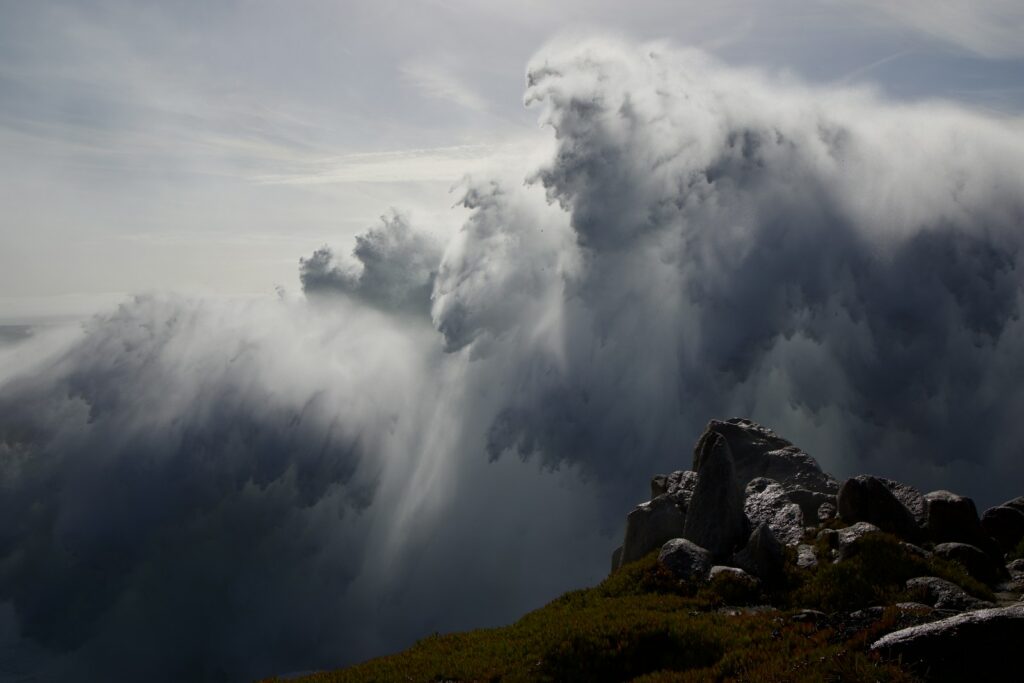
Weather at high altitudes is notoriously unpredictable and can change from sunny and mild to life-threatening conditions within minutes. Study typical weather patterns for your specific destination and season, understanding that afternoon thunderstorms are common in many mountain ranges during summer months, making early morning starts essential for safety. Learn to read cloud formations, wind patterns, and barometric pressure changes that might indicate approaching storms, and always err on the side of caution when conditions appear to be deteriorating. Develop a detailed emergency action plan including multiple evacuation routes, potential shelter locations, and communication protocols—satellite communication devices like a Garmin inReach or SPOT are invaluable when cell service is nonexistent. Understand that lightning poses a serious threat above treeline, requiring knowledge of proper positioning away from summits, ridges, and isolated tall objects during electrical storms. Always carry emergency shelter such as a bivy sack or lightweight tarp even on day hikes, as hypothermia can develop rapidly at high elevations even in summer months.
Route Planning and Navigation Skills
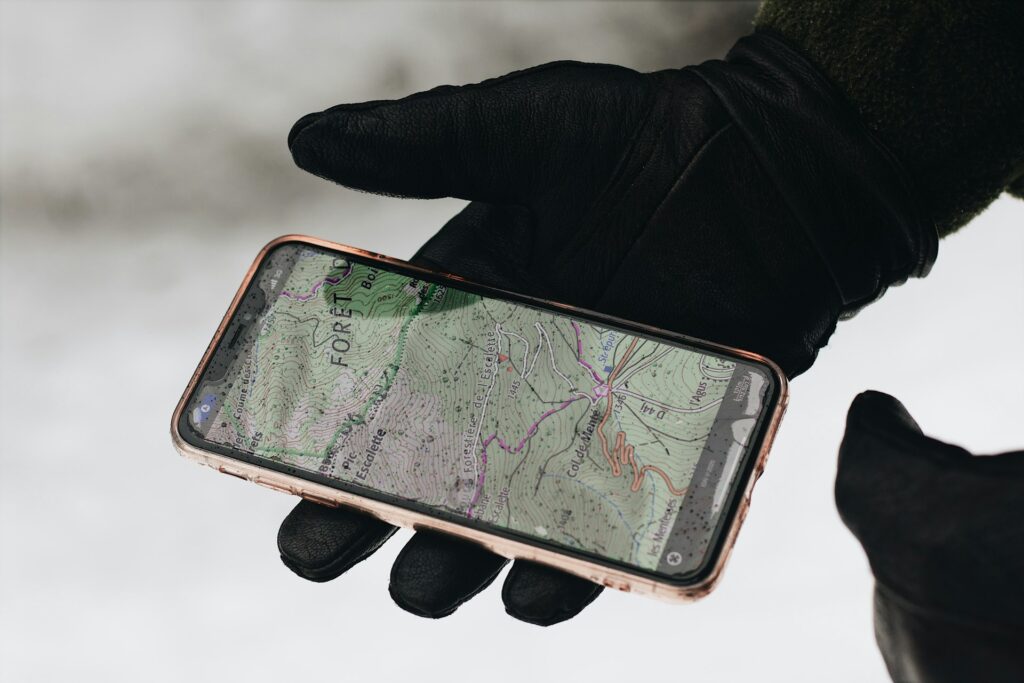
At elevations above 14,000 feet, navigation errors can have serious consequences, making thorough route planning and multiple navigation methods essential. Study detailed topographic maps of your route, identifying critical landmarks, water sources, potential campsites, and hazardous areas before departure. While GPS devices provide valuable assistance, never rely on them exclusively—carry paper maps and a compass as backups, and know how to use them effectively in poor visibility conditions. Research trip reports from other trekkers who have recently completed your route, as trail conditions can change dramatically between seasons or even weeks. Develop the ability to assess terrain hazards like avalanche zones, rock fall areas, or crevassed glaciers, planning your route to minimize exposure to these dangers. Consider hiring a local guide for your first high-altitude expedition, as their experience and regional knowledge can substantially increase both safety and enjoyment while providing valuable learning opportunities. Remember that above 14,000 feet, trails are often minimally marked or non-existent, requiring confident navigation skills and the ability to make route-finding decisions in challenging conditions.
Environmental Ethics and Leave No Trace

High-altitude environments are extraordinarily fragile ecosystems that recover very slowly from human impact due to the short growing seasons and harsh conditions. Commit to following Leave No Trace principles rigorously, packing out all waste (including human waste in some areas using WAG bags or similar systems) and staying on established trails where they exist to prevent erosion and vegetation damage. Research specific regulations for your destination, as many high-altitude areas have special restrictions regarding camping locations, fire use, or wildlife protection. Minimize your impact during necessary breaks by using durable surfaces like rock or snow rather than fragile alpine vegetation for rest stops. High-altitude areas often have significant cultural importance to local populations, so learn about and respect these cultural considerations, including any sacred sites or traditional practices. Remember that sound travels remarkably far in the thin air and open terrain of high mountains, so maintain quiet to preserve the wilderness experience for others and avoid disturbing wildlife that may already be stressed in this challenging environment.
Post-Trek Recovery Strategies

Returning from high altitude requires specific recovery strategies to help your body readjust and repair after the significant physiological stress. Prioritize hydration and nutrition immediately upon descent, focusing on replenishing glycogen stores with complex carbohydrates and supporting muscle repair with quality proteins. Plan for at least 1-2 days of minimal activity after a significant high-altitude trek, allowing your body time to reduce the red blood cell concentration that was beneficial at altitude but can increase blood viscosity at lower elevations. Watch for unusual fatigue, persistent cough (which could indicate mild pulmonary edema), or other lingering symptoms that might require medical attention. Mentally process your experience through journaling or discussing with fellow trekkers, acknowledging both the challenges and accomplishments of your journey. Many trekkers experience a mixture of exhilaration and mild depression after returning from high-altitude expeditions—this “summit blues” phenomenon is normal and typically resolves as you integrate the experience and begin planning your next adventure. Consider scheduling a follow-up medical check if your trek was particularly challenging or if you experienced significant altitude-related issues during your journey.
High-altitude trekking above 14,000 feet represents one of the most challenging and rewarding outdoor pursuits available to adventurers. The journey requires meticulous preparation—physically, mentally, and logistically—but rewards those efforts with experiences of unparalleled beauty and personal discovery. By understanding altitude physiology, committing to proper conditioning and acclimatization, assembling appropriate gear, and developing essential skills in navigation and risk management, you transform what might otherwise be a dangerous endeavor into a manageable challenge. Remember that successful high-altitude trekking isn’t solely about reaching summits or specific destinations but about making wise decisions that ensure you return safely with memories and experiences that will last a lifetime. The mountains have stood for millions of years—they’ll be there when you’re truly ready to meet them on their terms, with the preparation and respect they demand.

